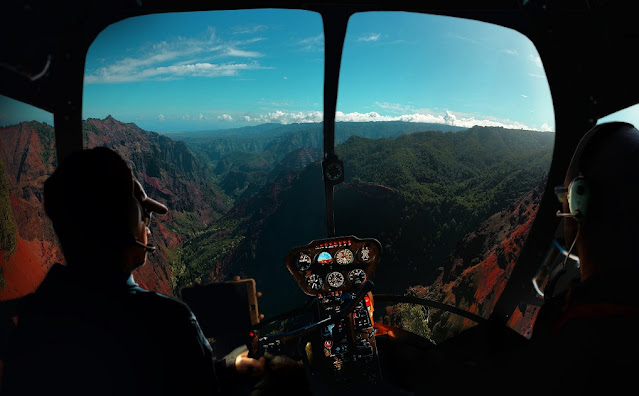Many people dread the idea of using maths in their daily life. Whether involved in personal accounting or attempting to split a group bill, the idea sends most people scrambling for a calculator. But not necessarily everyone.
Gamers,
specifically, are a bit more likely to use maths in their daily lives. This is
especially true for anyone tinkering behind the scenes to create games. Game
design involves complex mathematical fields like algebra, trigonometry, and even some
calculus. These are used to determine things like matrices, delta time, and
scalar manipulation.
For
the most part, computer programs handle the more difficult mathematical
procedures while game developers focus on programming and infrastructure.
Still, maths is deeply tied to our digital world, and especially popular video
games. Minecraft, for example, was a passion project from a solo gamer who used
his maths and programming skills to launch an indie project… which has since
become the world’s most-sold game.
Let’s
zoom out for a second. Though it takes quite a bit of maths to create, program,
develop, and launch a game, these aren’t the only ways in which numbers
intersect with gaming. In fact, there are dozens of titles that subtly
interweave maths into the game design and mechanics.
And
while you might think that this is a modern phenomenon, it isn’t. Let’s
explore some of the most well-known games that incorporate advanced maths.
Roulette
Casino
games are some of the earliest titles to interweave maths with gameplay. Most
people probably think about blackjack, which requires players to hit 21 without
going over. Though it involves quite a bit of strategy, roulette also puts a
strong emphasis on numbers and probabilities.
Depending
on the type of roulette being played, there are either 36 or 37 places around
the table. Players can choose to place bets at one or all of these roulette numbers—but they’ll only receive a payout for
those that hit on the wheel. Strategies cover when to bet on which numbers, but
most players will use a bit of maths to finalize their bets, especially as the
game goes on.
Portal
Portal
is a logic puzzle that requires players to hit targets using various portals.
For the most part, it’s a spatial challenge that gets progressively harder as
the number of portals increases. While it might not sound very mathematical,
the game’s design uses quite a few principles from the physics world.
As
players advance, they’ll unwittingly be learning a few of these lessons. In
fact, each portal more or less functions like a black hole, while players can
use portal guns to navigate these black holes by creating wormholes. At one
point, this video game was part of a proposed plan to adapt the game to be used
by educators, but this fell through back in 2011.
Kerbal Space Program
Let’s
stick with physics for a moment. Kerbal Space Program is a space flight
simulation game in which players direct and manage a space program. Though
they’re in charge of Kerbals (aliens) instead of humans, the game is based on
physics engines and real-life orbital manoeuvres.
In
fact, the game has been touted for its realism by organizations like NASA and
ESA, along with professionals like Elon Musk and Tory Bruno. Despite the hard
take on science and maths, the game has proved hugely successful since its
release in 2013. Last year, a second installation was released.
Microsoft Flight Simulator
Like
Kerbal Space Program, Microsoft Flight Simulator is a flight simulation game.
Rather than tackle astrophysics, MFS stays in our atmosphere. However, players
need real-life piloting skills if they want to hit the skies. Whether learning
or perfecting their skills, this game offers the chance to practice in a highly
realistic and immersive simulation - maths included.
In
fact, MFS has been used by educators to help train new pilots. The latest release is hyper realistic, including
real-life airports and runways. These are plotted on maps that replicate the
scale and distance between physical maps, allowing pilots to even learn about
rerouting and emergency landing. Things like radio communication and
landing/taking off, on the other hand, are harder to learn.





.png)





0 Comments